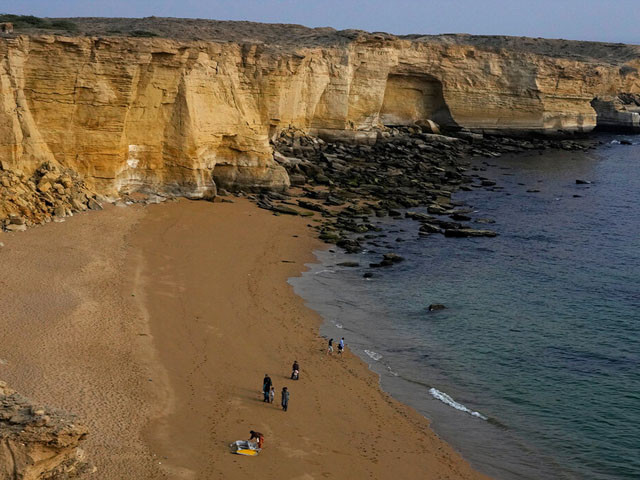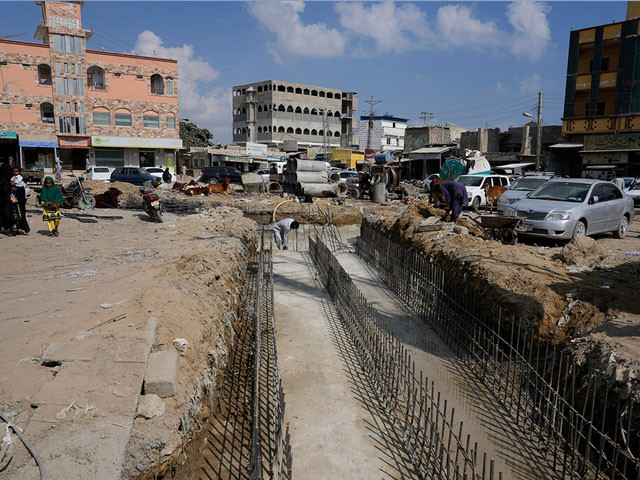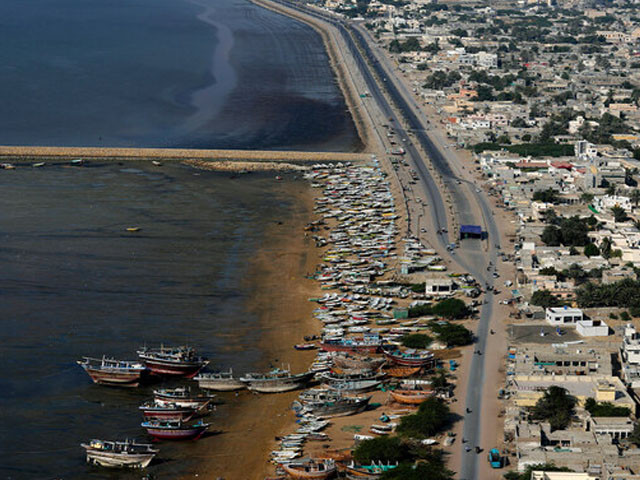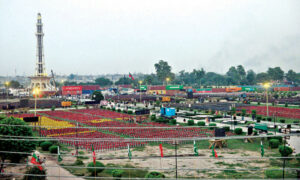Once a vibrant hub for fishing and tourism, the coastal city of Gwadar in Pakistan is now grappling with the devastating impacts of climate change. After a decade of extreme weather events, residents and experts are warning that the city’s future is at risk.
In February last year, Gwadar endured nearly 30 consecutive hours of torrential rain, which caused widespread flooding, washing away roads, bridges, and communication lines.
The city, built on sand dunes and bordered by the Arabian Sea, is particularly vulnerable to rising sea levels and extreme weather patterns.
Pazeer Ahmed, a hydrologist based in Gwadar, warns that the city’s low-lying areas could be partially or fully submerged if sea levels continue to rise. “It’s no less than an island nation situation,” he said.
The city’s once-beneficial proximity to the sea has now become an existential threat, with warmer oceans creating bigger waves that are eroding the coastline.
Abdul Rahim, deputy director at the Gwadar Development Authority, described the situation as “alarming,” noting that many homes have already been washed away due to increasing tidal actions and rising sea temperatures.
The rise in sea levels, compounded by melting glaciers, has caused significant coastal erosion. Karachi’s sea level has already risen by almost 8 inches (20 cm) between 1916 and 2016, with projections suggesting another rise of 1.3 cm by 2040.
In areas near Gwadar, including Pishukan and Ganz, waves have submerged mosques, schools, and settlements. In some places, cliffs have eroded, leaving beaches devoid of structures.
Despite efforts to build seawalls to protect the coast, these measures have proven inadequate in the face of the growing challenges posed by climate change.

Saltwater intrusion has also affected government land and private properties, with residents like former local councillor Qadir Baksh struggling to keep water at bay with daily pumping.
“The rain that came last year hasn’t gone,” said Baksh. “The water rises from the ground with such speed it will reach the four walls of my home if we don’t run the generator every day to extract it.”
The rapid urbanisation and construction in Gwadar have worsened flooding, with traditional drainage systems being disrupted.
The city, a key component of a major Chinese-led development project, has seen significant investment in infrastructure, including a deep seaport, an international airport, and expressways. However, despite foreign investments, the city lacks a proper sewage and drainage system, which exacerbates its vulnerability.
Fishing, once a key industry, has also been severely impacted. Shrinking fish catches, disappearing native species, and changing migration patterns have left the community struggling.
Rising sea temperatures and invasive species like pufferfish are contributing to these challenges, alongside illegal fishing practices and foreign trawlers.

Agriculture in the surrounding areas has suffered from water scarcity, with locals reporting declining crop yields and livestock deaths. The broader pattern of climate extremes, including floods, heatwaves, and droughts, has led to a decrease in farming productivity across Pakistan, according to the United Nations’ Intergovernmental Panel on Climate Change.
“There are heatwaves and dust storms in Gwadar,” said Ahmed. “But the main impact of climate change here is that there is too much water and not enough of it. If nothing is done to address this problem, we will have no option but to retreat.”
As climate change continues to threaten Gwadar’s economy and livelihoods, experts are urging immediate action to safeguard the city’s future.
- Desk Reporthttps://foresightmags.com/author/admin/











